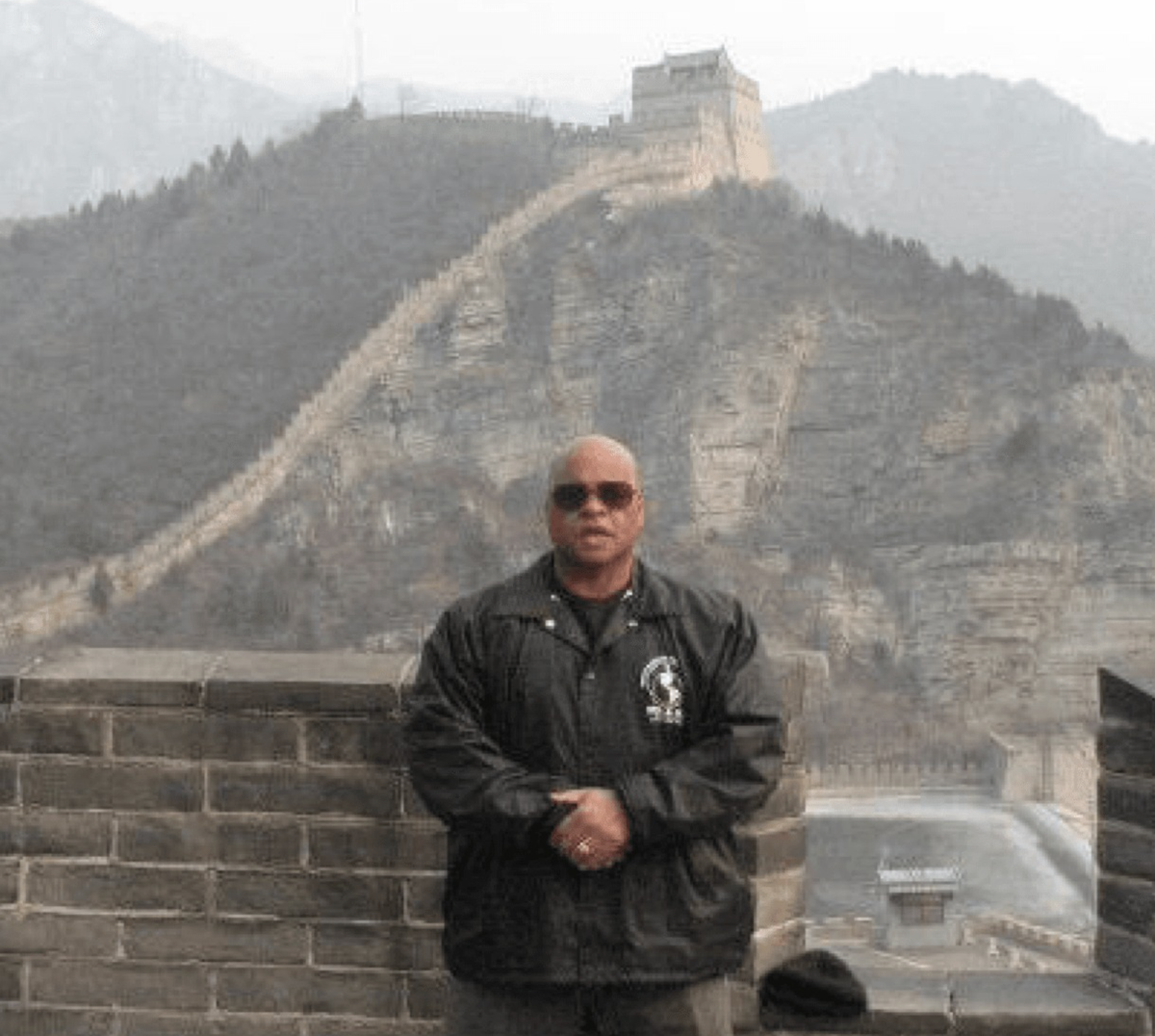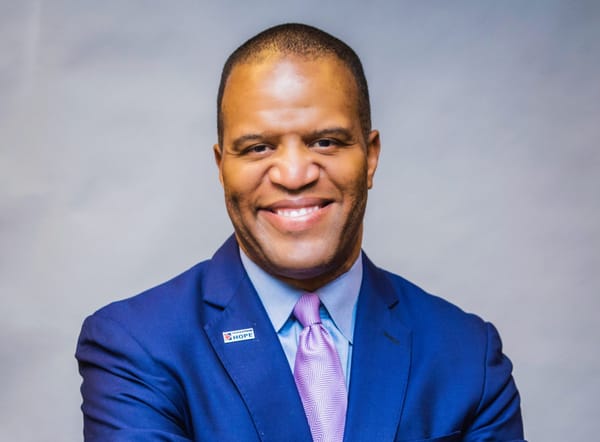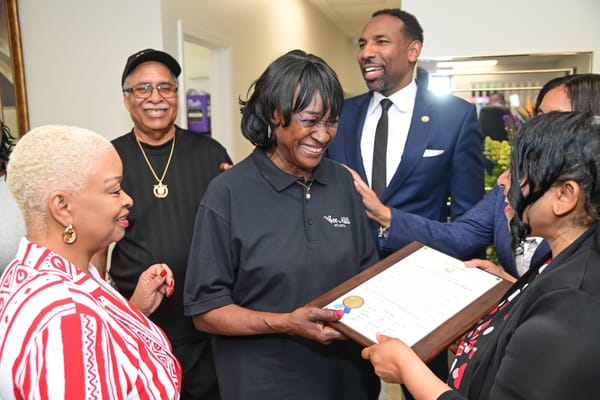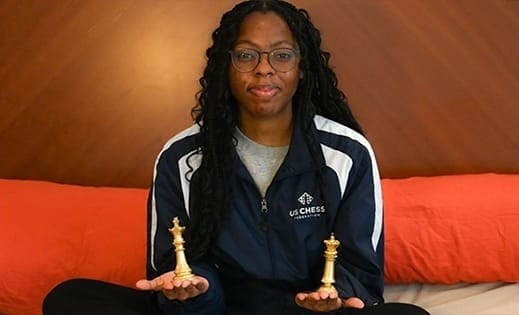Groundwork for Global Peace: Dr. Aquil Basheer and the Architecture of Safety

In every city struggling with the weight of violence, there are two forces at work: the chaos that seeks to tear communities apart—and the quiet builders working to hold them together. One of the greatest architects of safety in our time is Dr. Aquil Basheer, a globally respected violence intervention strategist whose blueprint has reshaped how cities and countries approach public safety.
Dr. Basheer’s genius lies in the belief that violence isn’t just a policing problem—it’s a community problem, a leadership problem, and above all, a structural problem. And structural problems demand structured solutions.
As the founder of the Professional Community Intervention Training Institute (PCITI), Dr. Basheer has trained intervention specialists in more than 90 cities and 14 countries, developing proven, replicable frameworks for peace. His curriculum, rooted in accountability and tactical readiness, has influenced local street workers and international policymakers alike—from frontline interventionists in South L.A. to global experts at the World Health Organization and United Nations.
“This is not about charity. This is about accountability, structure, and healing. The communities we serve don’t need saving. They need the tools to save themselves.” — Dr. Aquil Basheer
Whether addressing trauma among at-risk youth in Atlanta, training mediators in Oakland, or helping rebuild trust in post-conflict neighborhoods in El Salvador, Ghana, and China—Dr. Basheer doesn’t just talk peace. He teaches people how to engineer it.
At a recent international conference in China, Dr. Basheer stood shoulder to shoulder with global leaders in conflict resolution, sharing the same methodologies he has refined in U.S. inner cities. Soon after, he addressed specialists at the United Nations in Geneva, reminding the world that public safety begins at street level—but its implications reach global scale.
His impact? Measurable. Lasting. Revered. But most importantly—transferrable. Cities now have blueprints for transformation because one man dared to build systems instead of slogans.
As photo journalist Malcolm Ali once wrote:
“Dr. Basheer is a true helper in the cause of freedom, justice, and equality for African Americans and other people of color around the world.”
In an era of global unrest, Dr. Basheer offers something rare: a proven path forward, forged not in think tanks, but on the block.
5 Principles from Dr. Aquil Basheer
1. Safety Is Infrastructure
Peace is not passive. It requires skilled labor, protocols, and design. Dr. Basheer teaches that violence prevention must be as structured as any construction project.
2. Intervention Is a Profession, Not a Passion
Community intervention should be trained, tested, and certified—just like any field that involves saving lives. Emotional commitment is not a substitute for tactical skill.
3. Local Solutions Can Scale Globally
The same models that heal South Central L.A. can be adapted in Ghana, China, or Chile. Context matters, but principles travel.
4. Freedom Requires Accountability
Empowerment doesn’t mean absence of discipline. Dr. Basheer’s programs emphasize personal responsibility, even in the face of systemic failure.
5. Communities Are Not Broken—They’re Brilliant
Rather than treating neighborhoods as problems to be solved, his approach reveals them as partners in the work of transformation. The answers, he believes, are already there—they just need structure and belief.
Dr. Aquil Basheer stands not only as a practitioner, he is a strategist, a teacher, a field general of peace. His work reminds us that safety is not the absence of violence—it’s the presence of justice, training, and visionary design.
2025 COMMUNITY SAFETY LEADERSHIP AWARDS
Dr. Aquil Basheer will be honored at the 2025 Community Safety Leadership Awards on Saturday, October 4, 2025 at Los Angeles Southwest College. For more information visit the link below:




